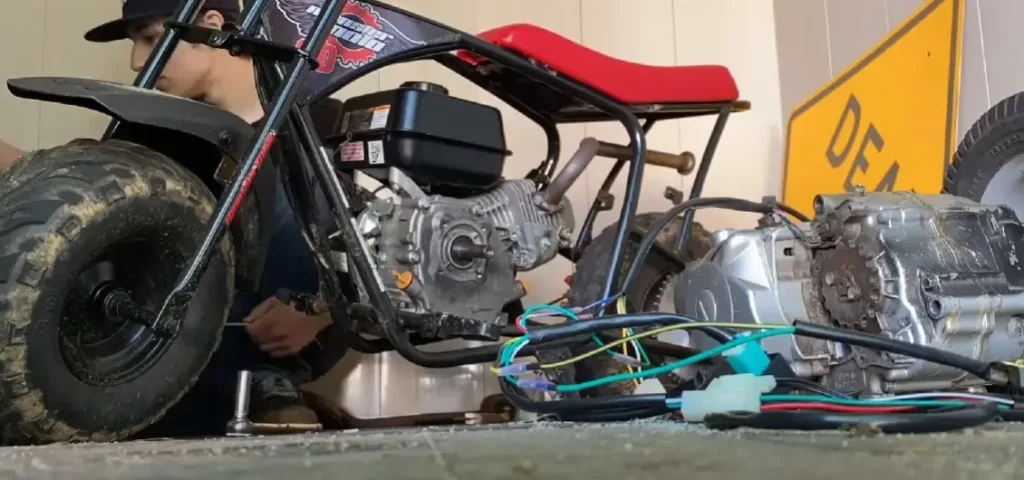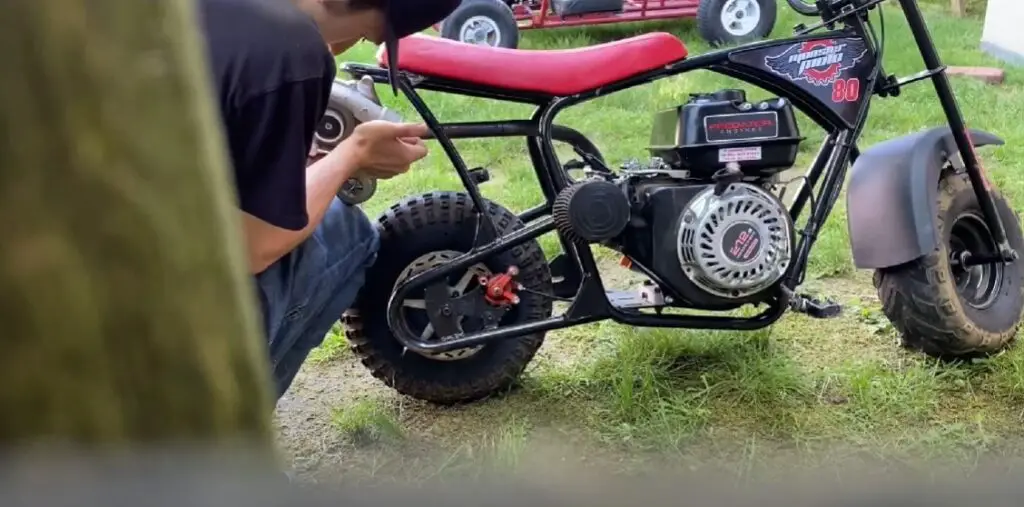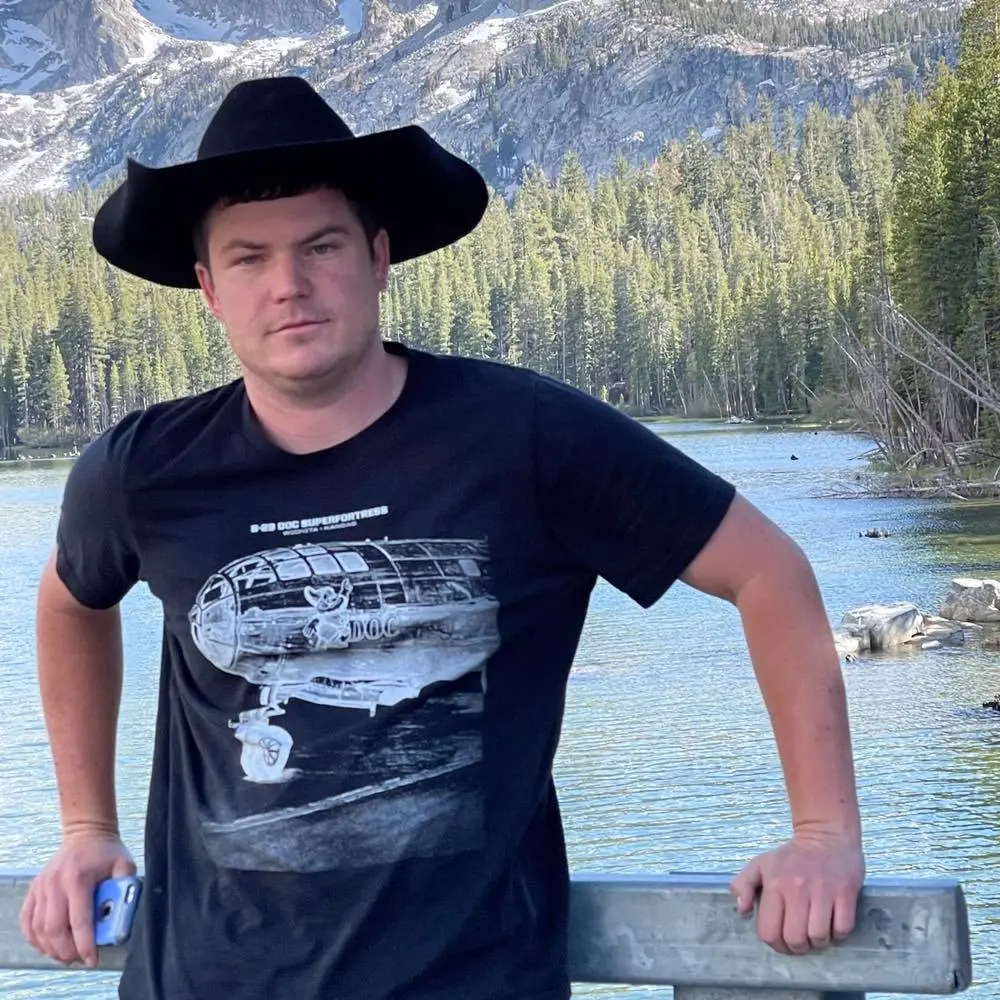How to Put a Turbo on a Mini Bike?
Want a Mini Bike With Turbo Power?
Carefully select a properly sized turbocharger, fabricate a high-flow exhaust and intake system, integrate oil and coolant circulation, upgrade the fuel delivery and ECU tuning, reinforce drivetrain and chassis components, follow safety precautions during installation and operation.
Mini bikes with turbochargers have tremendous speed. This guide teaches you how to triple a mini bike’s horsepower to over 100 HP. It walks through:
- Finding the right turbo
- Mounting it securely
- Connecting oil and cooling lines
- Upgrading the fuel system
- Building an exhaust system
- Strengthening important parts
Follow simple, step-by-step instructions. Transform your mini bike into an extraordinarily fast machine.
The most vital part is selecting an optimal turbocharger. Matching size and fit matters. Technology must withstand high RPMs…
Key Takeaways
- Choose optimal trim/size turbocharger to match power goals
- Use rotatable center housing for positioning flexibility
- Allow sufficient clearance for turbo airflow
- Connect oil feed and return lines with proper diameters
- Upgrade fuel pump, injectors and airflow capacity
- Custom fabricate stainless exhaust manifold and downpipe
- Weld closed-box braces across frame for rigidity
- Budget $2-4k plus tools and 20-40 hour install time
- Start with low boost and RPMs, ease into higher power
- Prioritize safety with turbocharged power gains
Choosing the Right Turbocharger
When selecting a turbocharger, consider these key factors:
Size – Units meant for 50cc to 600cc motorcycle engines fit mini bikes best. Compressor and turbine housings should be small in diameter.
Trim – Pick a turbo with optimal trim (50-60mm) and aspect ratio for reduced lag. Precision ball-bearing shaft assembly turbos spool quicker.
Matching Powerband – Select a turbo that delivers max boost within the engine’s peak power RPM range. This lessens delay in torque delivery.
External Wastegate – Add an external wastegate for increased control over turbo response. Correctly sized units prevent compressor surge issues.
Power Goals – Consult experts on size and tech needed to reach your horsepower goals reliably. Upgrade intercooling, fueling, etc to match.
The key is finding the best combination of quick spool up, peak boost delivery in the powerband, and adjustable response. This transforms usable power output.

Mounting the Turbo Properly
Turbos need to be mounted securely while allowing sufficient airflow. Follow these tips:
- Use a rotatable center housing. This turbo part has multiple mounting points. Rotate to fit the frame layout. Orient the inlet and outlet flanges properly.
- Check clearances. Survey space around the entire turbo. Ensure adequate circulation for heat dissipation. Airflow is critical for preventing heat soak.
- Use gaskets and hardware meant for high temperatures. Flange mating surfaces must seal boost pressure. Fasteners should exceed factory torque specs. Anti-seize compounds give extra protection.
- Consider fabricating steel mounting brackets. Brace for weight and vibration. Stainless steel resists corrosion from heat cycling. Weld on support structures for durability.
Getting mounting orientation right prevents exhaust leaks. Turbo life depends on unobstructed airflow. Dial-in fitment before connecting oil and coolant lines. Improper mounts lead to fast failure.
Oil and Coolant Systems Tips
The turbo is a vital engine part. Oil and coolant lines are vital to turbo health.
- Oil Feed and Return Lines – Use steel-braided -10 AN oil lines. Connect fittings like a sandwich kit. Oil volumes up to 1000cc/min may be required. Filter must be under 10 microns.
- Air-to-Air Versus Air-to-Water Intercoolers – Air-to-air is cheaper but less efficient. Air-to-liquid provides better cooling but installations are more complex. Size for horsepower goals. Bigger cores give lower intake temps.
- Preventing Heat Soak – Wrap charge piping and hoses. Silicone tubing handles heat best. Use thermal barriers and heat shields to reduce heat saturation. Add HD cooling fans and ducting as needed.
Route all lines and hoses away from hot areas. Use thermal tape wrap to over-insulate everything. Keep intercooler stacked coolant efficient.
Deflect and divert heat away from piping. Cooler turbo components last longer.
Fuel and Airflow Upgrades
When adding a turbo, increased airflow needs matched fueling and less intake restrictions. Follow these tips:
- Fuel Delivery
- High flow fuel pumps (Walbro GSS341 recommended from experience)
- Larger cc/min injectors matched to power goals
- Adjust fuel pressure regulator for ideal air/fuel ratio
- Carburation
- Twin dual-barrel Weber carburetors flow tremendously
- Velocity stacks prevent backflow
- E85 ethanol racing fuel resists detonation
- Intake Piping
- 3-inch smooth mandrel bent aluminum tubes
- Reduce 90° bends for straight shot to turbo
- Relocate air filter away from engine heat
- Engine Management
- Aftermarket programmable ECU (Haltech, Motec options)
- Larger mass airflow sensor for accurate readings
- Tuned timing maps for turbocharged engine
Properly upgrading fueling and airflow prevents drivability issues and dangerous lean conditions. Done right, these complementary modifications unlock big power!
Fabricating a High-Flow Exhaust System
The exhaust manifold and downpipe must:
- Match Turbo Dimensions
Carefully measure turbocharger inlet and outlet flanges. Fabricate steel manifolds to precisely fit stud patterns and bolt holes. This prevents exhaust leaks robbing performance.
- Maintain Optimal Diameters
Downpipe should be 1.5-2 inches based on displacement. Bigger chambers reduce velocity too much. Smaller creates backpressure. Calculate for ideal flow volume through the system.
- Use Proper Materials
321 stainless steel manifolds withstand high temperatures well. Mild steel suffices for budget applications. Ensure metal gauge allows rigid structure. Use titanium wrapping on the downpipe to reduce heat saturation.
An optimized manifold and downpipe keeps exhaust scavenging fast. Volume, diameters and materials must coordinate for maintaining velocity. This efficiently spools the turbo with reduced lag times. Precision fabrication to exact measurements prevents issues.

Supporting Modifications
The stock drivetrain and chassis takes a beating under boosted power. Upgrades required:
- Clutch and Driveline Protection – Fit an aftermarket clutch kit rated for 30% higher torque loads. Replace drive chain and sprockets with wider versions. Use solid steel construction driveshafts instead of hollow. Weld joins in axle stubs and key high stress areas.
- Chassis Reinforcement – TIG weld closed box bracing bars across the primary frame tubes. Use both lateral and triangular bracing tied to the headstock and swingarm pivots for optimal rigidity. DOM tubing is light and immensely strong. Radius rods also reduce overall chassis flex.
- Limited Slip Differentials – Mechanical LSDs like Quaife, Truetrac and Torsen excel at putting turbocharged power to pavement. This maximizes traction by balancing left/right wheel spin rates. Consider stronger output shafts, axles and stub axles.
Reinforced components prevent shearing apart under extreme torque loads. Turbocharged launches and abrupt on/off throttle transitions strain everything to the maximum. Bolster weak points first before applying full boost.
Staying Safe
Adding a turbo comes with risks. Take precautions:
- Allow Systems to Cool
Turbos and exhausts get extremely hot. Always let parts return to ambient temperatures before handling. Wear gloves and sleeve protection at all times.
- Make Street Legal
Ensure turbocharged mini bikes meet local noise and emissions regulations. Install catalytic converter in exhaust. Keep boost conservative.
- Careful Operation
Turbocharged power demands respect. Start with low boost settings and moderate RPM. Slowly raise limits as skills improve. Do not deactivate safety systems.
- Consider Track Use
Heavily modified bikes may not be legal for public roads. Transport to sanctioned events if street certification cannot be obtained. Never exceed safe venues.
Safety comes first when pushing performance boundaries. Operator responsibility is paramount as power potential increases exponentially.
Additional Turbo Tips
- Costs, Tools and Time
Budget $2,000-4,000 depending on components chosen. Have TIG welder, tubing bender, precision cutting tools, and advanced tuner software/hardware ready. Allocate 20-40 hours for first-time install not including custom fabrication. Professional dyno tuning further dial in.
- Troubleshooting and Maintenance
Monitor for leaks, rattles, dropped intake pressures, smoke and irregular noises indicating issues. Check for oil sludge, coolant contaminants, loosening components. Clean intake valves and oil feed lines regularly prevent clogs. Replace filters per interval. Watch CAT temp readings.
In Closing
Adding a turbocharger boosts mini bike horsepower tremendously. But increased power demands respect.
Follow each step closely from choosing the optimal turbocharger to fabricating supporting exhaust and intake systems. Pay attention to fuel delivery and ECU upgrades that complement the extra airflow. Reinforce the drivetrain and chassis for durability.
Stick to the guidelines and don’t push components beyond safe limits. Monitor temperatures closely. Perform all maintenance diligently as intervals tighten up.
With the right supporting modifications, a turbo mini bike delivers incredible acceleration while retaining reliability. Just be cautious with the added power potential and always prioritize safety.
Going the extra mile engineering the details properly unlocks amazing performance gains. But be smart when tempting triple-digit horsepower figures.








